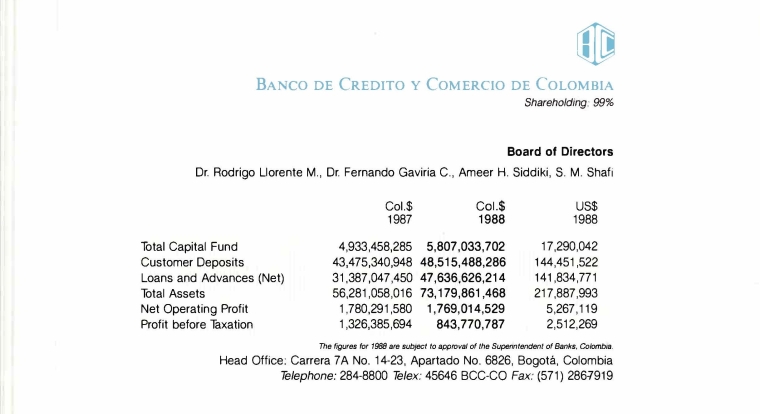Like many other Third World countries, Colombia had reached a critical stage in its development by the late 1980s. With the acquisition of Banco Mercantil, the Bank of Credit and Commerce International (BCCI) joined the large number of foreign bank branches and representative offices already present in Colombia.
Country information
Colombia, officially Republic of Colombia, a country of northwestern South America, bordered by Panama, which divided the two bodies of water, on the northwest, by the Caribbean Sea to the north, Venezuela to the east and northeast, Brazil to the southeast, Ecuador and Peru to the south and southwest, the Pacific Ocean to the west.
Colombia was nicknamed the "gateway to South America" because of its location in the northwestern part of the continent where South America connects with Central and North America.
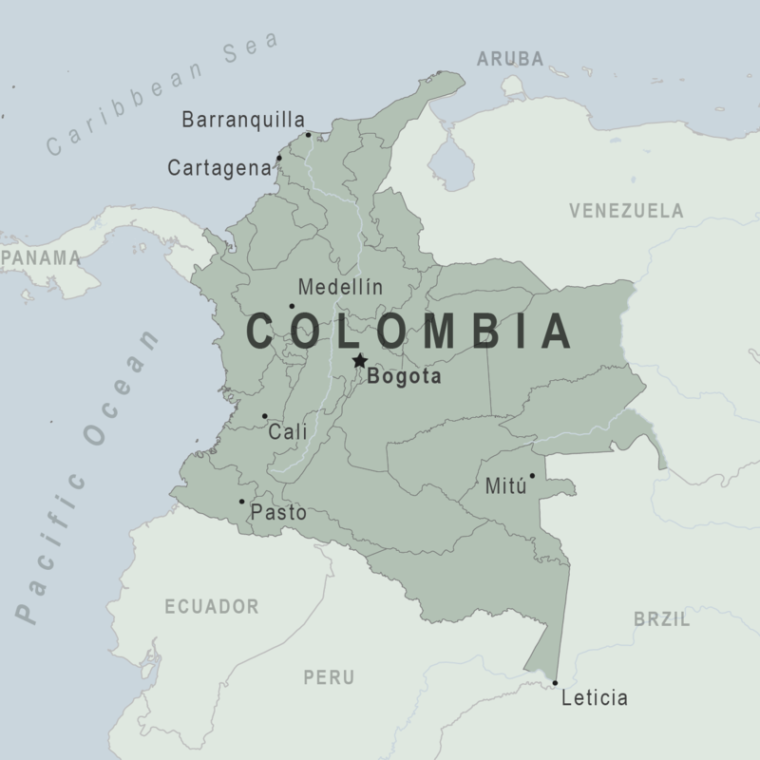
Nearly 60% of the Amazon rainforest is in Brazil, while the rest was shared among eight other countries, Bolivia, Colombia, Ecuador, Guyana, Peru, Suriname, Venezuela and French Guiana, an overseas territory of France.
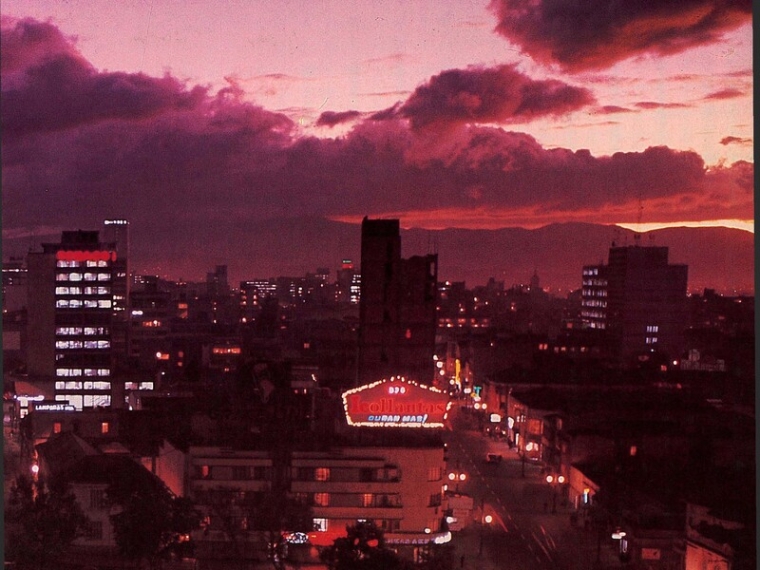
Bogota was the capital and largest city of Colombia, as well as the administrative, political, economic, and industrial centre of country. Located at nearly 8,530ft above sea level, Bogotá was considered one of the highest capitals in the world.
.jpg)
History
Colombia was home to many indigenous peoples (the native Indians) before the Spanish explorers first arrived in around 1500, and by the mid-16th century they had explored and colonised much of country.
The Spanish were obsessed with finding gold and other valuable jewels. Gold seeking raiders killed hundreds of indigenous peoples and burnt their villages.
They established plantations, ranches and gold mines in the central valley of Colombia, all of which required large numbers of enslaved African slaves because the number of native Indians diminished rapidly.
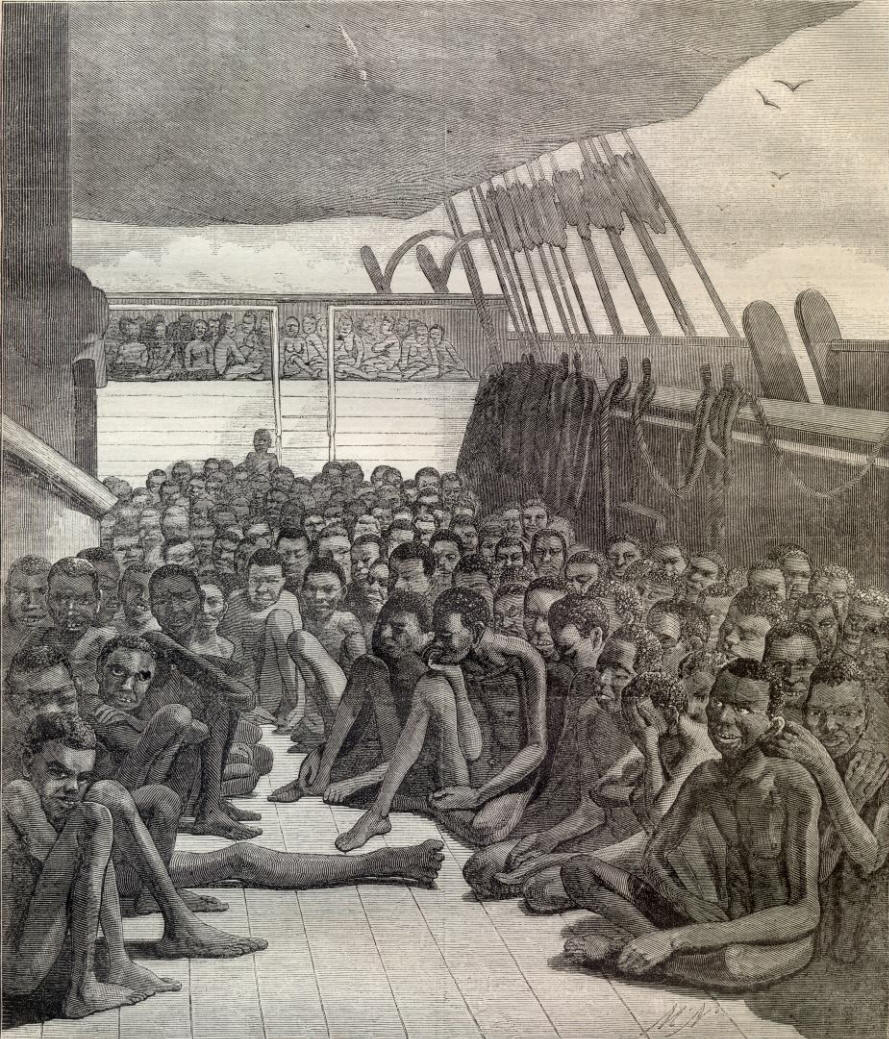
The slavery of African peoples in Colombia spanned from the beginning of the 16th century until 1851. The majority of the slaves came from the Congo, Angola, Sierra Leone, Senegal, Mali, Ghana, Cote d'Ivoire and Guinea.
During the nineteenth century Christian missionaries also came to Colombia, establishing churches and missions to spread the Catholic faith among the native Indians and African slaves.
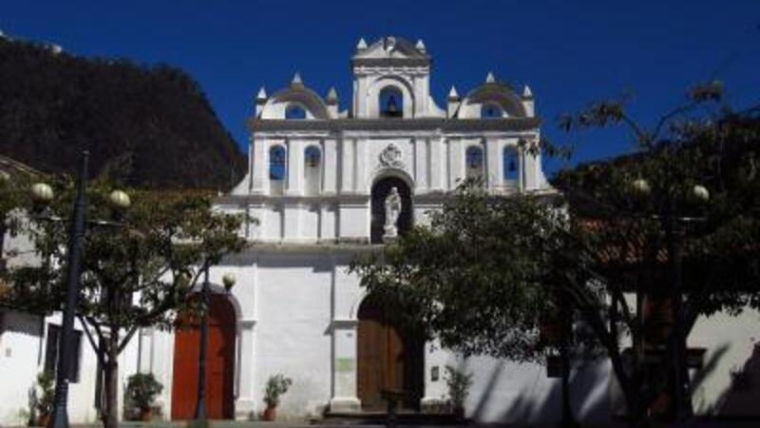
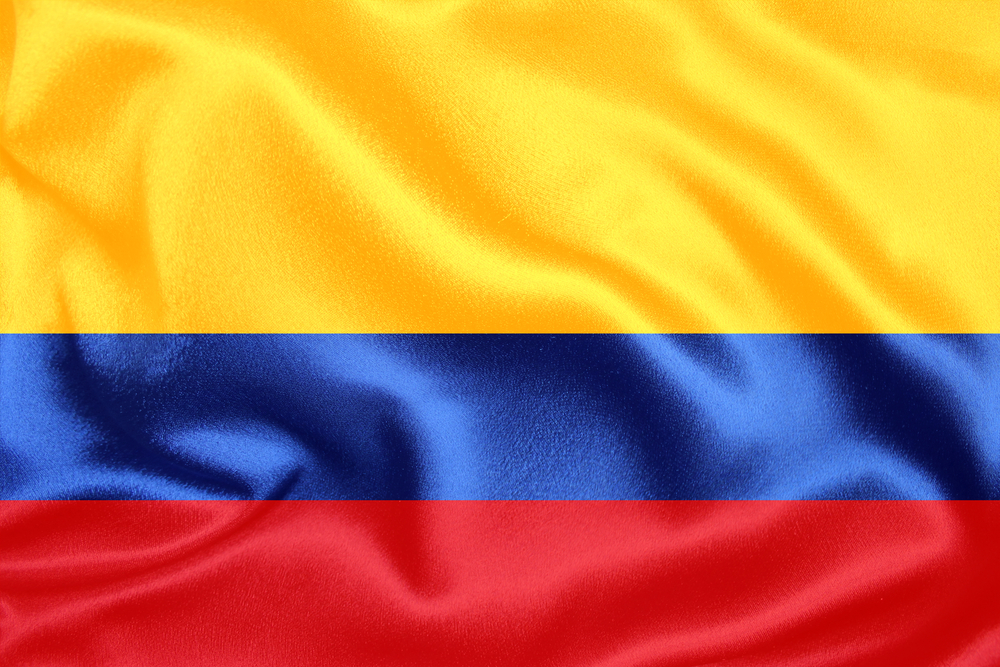 Colombia effectively gained its independence from Spain in 1819. It formed Greater Colombia (a federation of states) that encompassed much of northern South America and part of southern Central America from 1819 to 1831. The Colombian federation included the territory of the present-day republics of Colombia, Ecuador, Venezuela, and Panama. From 1863 to 1886, it was the United States of Colombia, and from 1886, the Republic of Colombia.
Colombia effectively gained its independence from Spain in 1819. It formed Greater Colombia (a federation of states) that encompassed much of northern South America and part of southern Central America from 1819 to 1831. The Colombian federation included the territory of the present-day republics of Colombia, Ecuador, Venezuela, and Panama. From 1863 to 1886, it was the United States of Colombia, and from 1886, the Republic of Colombia.
Panama separated from Colombia in 1903.
Population and language
The population of Colombia was around 28 million in 1983 when BCCI established its presence in the country.
The population is descended from three ethnic groups: indigenous peoples (Indians), African slaves brought to Colombia, and European settlers mainly of Spanish origin.
Spanish is the office language, and Colombia is the most populous nation of Spanish speaking South America. English and large number of regional languages are recognised.
Economy and foreign trade
Gold mining and sugarcane cultivation were by far the most important activities during Colombia’s colonial period until the early 18th century.
Later, the major component of the economy was agriculture, particularly coffee, sugarcane and fruit production such as bananas, but industries and services had increasingly become important.
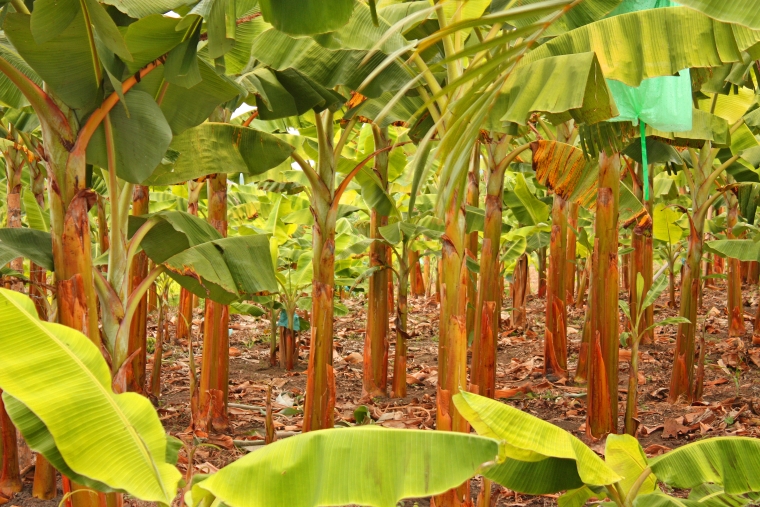
Coco, the base ingredient for the illegal drug cocaine, was cultivated in remote parts in the country. The demand for the drug came primarily from the USA and Europe and by the 1970s and 1980s, despite government efforts, the illegal drug trade had become a major source of income.
Colombia was abundant in nonrenewable resources, including reserves of gold, coal, and petroleum.

The country's modern economy had become much more broadly based, with the exploitation of hydrocarbon fuels and several metals, and the manufacture of goods for export and home consumption.
Exports consisted largely of coffee, raw sugar, iron ore, coal and crude petroleum. Imports consisted mainly of machinery and transportation equipment, chemical products, crude petroleum and petroleum products.
BCCI in Colombia
Many banks were nationalised in Colombia following the debt crisis of the 1980s that brought havoc to most Latin American economies. A remarkable exception was Colombia, where the economic crisis was very mild, and in many ways during that decade it had the healthiest economy in the region.
There was a period of severe restrictions on foreign investment in general, and in the financial sector in particular. The banks that were foreign owned before 1975, were transformed into mixed property banks in the second half of the seventies or eighties.
BCCI Representative Office
Taking a long-term view of the growth of forign trade, and on the soundness of the government’s economic management and Colombia’s reputation for prudence in its international borrowing policy, the Bank of Credit and Commerce International (BCCI) opened a representative office in Bogota, Colombia in 1983.
.jpg)
The representative office was located at:
Edifieio Segures Tequendama
Carrerex 7 26-20
Oficina 2701, Bogota
Telephone: (571) 287 7925
Fax: (571) 287 8676
Telex: 45475 BCI CLCO
Like the representative office of other international banks established Colombia, BCCI Bogota representative office surveyed the market potential, was the contact point for BCCI group central office about entering the market with a banking presence, providing information concerning BCCI's products and services to the central bank, local banks and potential business customers, handling queries and resolving any issues. The representative office was not authorised to undertake banking operations.
Management Agreement with Banco Mercantil
By the late 1980s, the Colombian economy enjoyed what looked like a much more sustained boom that was getting under way. The government had placed greater importance to the development of mining and natural resources to increase revenue.
Colombia had the largest coal reserves in Latin America and natural gas fields were also being developed with plans for a large hydro-electricity plant at Urra. Another sector which was quickly developing was the enormous potential for foreign exchange earnings from tourism. These were all good reasons for optimism about the country’s economy.
For foreign investors and banks, Colombia was viewed once again as one of the most attractive South American countries.
The banks that had been foreign owned before 1975, and were transformed into mixed property banks in the second half of the seventies or eighties, became once again foreign owned banks.
.jpg)
On 14 June 1983, Bank of Credit and Commerce International (BCCI) formally entered into a management agreement with the directors of Banco Mercantil (Mercantil Bank).
The agreement granted BCCI Holdings (Luxembourg) SA a 49% stake in Banco Mercantil, making BCCI the largest single shareholder. BCCI provided a management service.
Banco Mercantil was a commercial bank established in Colombia in 1954 and had 23 branches in 12 major cities of Colombia as well as a fully owned subsidiary in Nassau, Bahamas.
Acquisition of Banco Mercantil and change of name
Some foreign banks like Banco Tequendama and Banco del Comercio had been nationalised and the prohibition whereby foreign ownership was restricted to no more than 49% of an institution was waived for Banco Mercantil, Banco Credito y Comercio, Banco Colombo and Banco Real with the purpose of avoiding their total collapse.
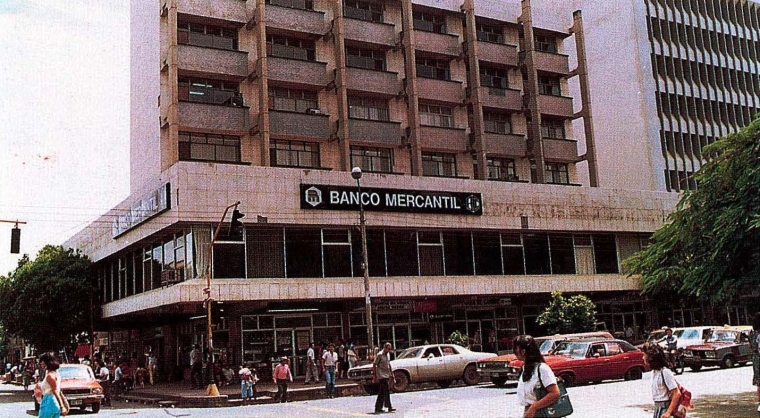
In 1985, BCCI took the opportunity to acquire 99% shareholding in Banco Mercantil and after increasing the capital to US$10 million, the bank's name was changed to Bank of Credit and Commerce Colombia (BCC Colombia).
The head office of Banco de Credito y Comercio de Colombia (BCC Colombia) was at:
Carrera 7, No. 14-23,
Apartado No. 6826
Bogota
Colombia
Telephone: (571) 2848288
Telex: 45646 BMCO
Fax: (571) 286 7919
BCC Colombia at its peak had 28 branches in 14 cities in the country. By 1990 the number was reduced to 26 branches in 13 cities.
The following two branches were closed:
- The branch in the small city and municipality of Acacias located in a rural area close to the geographic centre of the country. The name of the city was due to the acacia --flowers that used to bloom in the region.
- One of the two branches in Barranquilla, a maritime port located near the Caribbean Sea.
Branches of BCC Colombia
BOGOTA
.jpg)
Bogota, the capital city of Colombia located in central Colombia, was the country's administrative, cultural, and political centre.
BCC Colombia had ten branches in the capital city, the main branch was located at:
Edificio Segures Tequendama
Carrerex 7 26 – 20
Oficina 2701
Bogota
Telephone: (571) 287 7925
Fax: (571) 287 8676
Telex: 45475 BCI CLCO
BARRANQUILLA
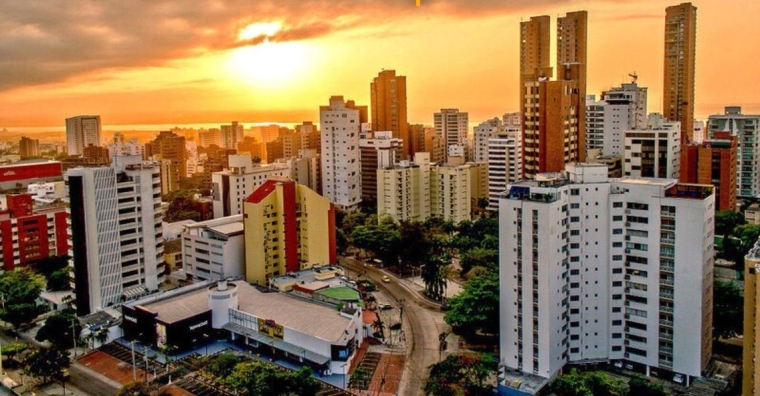
Barranquilla, a Caribbean coastal city in northwestern Colombia on the Atlantic Ocean, that was the birthplace of important companies such as Avianca, the principal airline founded in 1919, making it then the world's second oldest airline. Wide avenues, gardens and mansions that reflected styles brought by German immigrants, Italians, Syrians, Jews and Lebanese into the neighbourhood of El Prado were popular tourist attractions. In the 19th and late 20th century Barranquilla had experienced great economic growth.
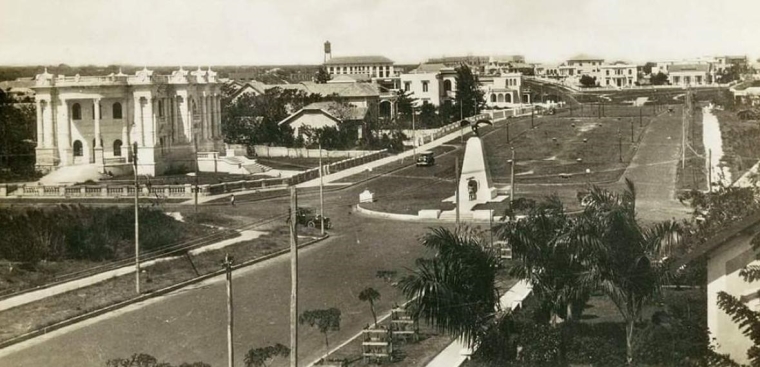
BCC Colombia had one branch in the El Prado neighbourhood in the city.
BUCARAMANGA
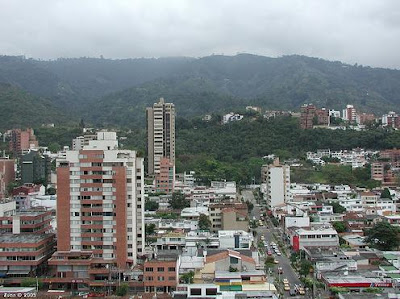
Bucaramanga, a city in north central Colombia, had commercial importance as it was in a coffee and tobacco producing region.
BCC Colombia had one branch in the city.
BUENAVENTURA
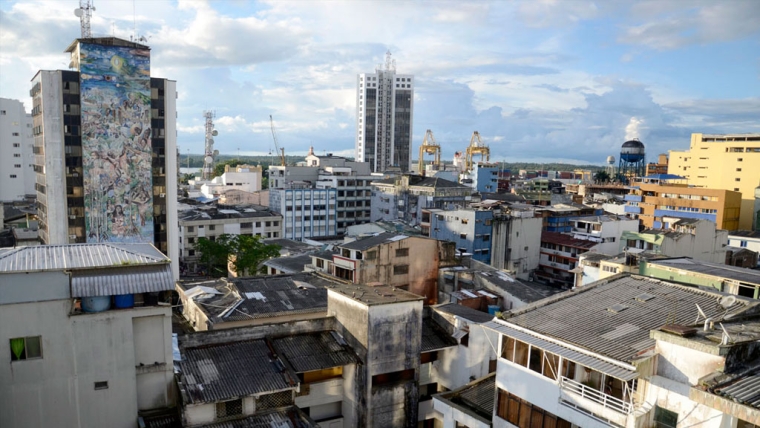
Buenaventura, a city in western Colombia, was the main seaport of Colombia on the Pacific Ocea, handling the major share of the country’s imports and exports.
BCC Colombia had one branch in the city.
CALI
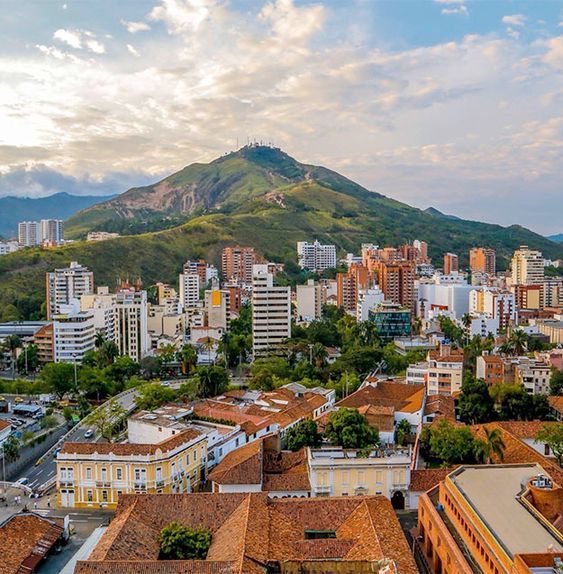
Cali, a city in western Colombia and the third largest, was the centre of the sugar-producing industry.
BCCI had three branches in Cali, the main branch was located at:
Carrera 4, No 12 – 70
Cali
Telephone: (573) 823 261 / 822 300 / 822 509
Fax: (573) 824 783
Telex: 55676 BCC CO
CARTAGENA

Cartagena, a historic city in northern Colombia, and a seaport on the Atlantic Ocean, was also a centre for tourism.
BCC Colombia had one branch in the city.
CUCUTA
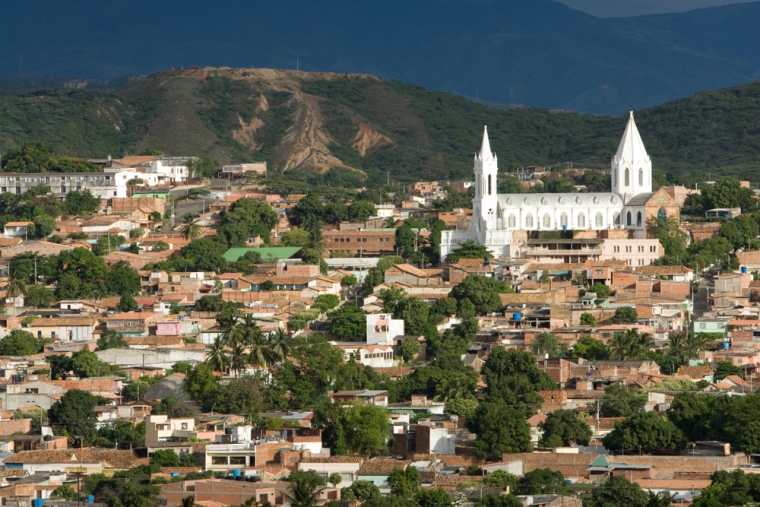
Cucuta, one of Colombia’s major cities, was the political, economic, industrial, and tourist epicentre in northeastern Colombia, on the border with Venezuela.
BCC Colombia had one branch in the city.
IBAGUE
_0.jpg)
Ibague, a city in central Colombia, was one of the major urban economies of Colombia, and part of the Colombian coffee growing region famous for growing and producing the majority of Colombian coffee.
BCC Colombia had one branch in the city.

MANIZALES

Manizales, a city in central Colombia, was the main centre for the production of coffee and an important hub for higher educational institutions.
BCC Colombia had one branch in the city.
MEDELLIN

Medellin, a city in northwestern Colombia that was important for gold production during its early years, and later for the export of coffee. The industrial and commercial dynamism of Medellín also created a class of traders and entrepreneurs, who founded the first nationwide industries in the country.
Medellin also had an infamous reputation for criminal gangs and drug cartels.
BCC Colombia had three branches in the city, the main branch was located at:
Carrera 43, No 14 -27
Medellin
Telephone: (5742) 664 718 / 664 678
Fax: (5742) 664 658
Telex: 66816 BCC CO
NEIVA
.jpg)
Neiva, a city that was one of the most important in south-central Colombia, mainly because of its strategic geographical location.
BCC Colombia had one branch in the city.
PEREIRA
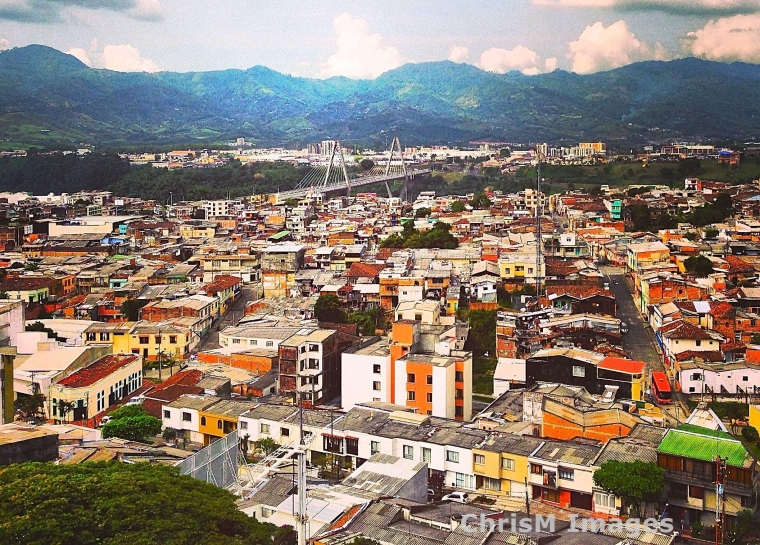
Pereira, a city located on the foothills of the Andes Mountains in a coffee-producing area of Colombia, and important for trade and commerce, being in the centre of the Golden Triangle, consisting of large cities of Bogota, Medellin and Cali, and proximity to harbours such as Buenaventura on the Pacific Ocean.
BCC Colombia had one branch in the city.
VILLAVICENCIO
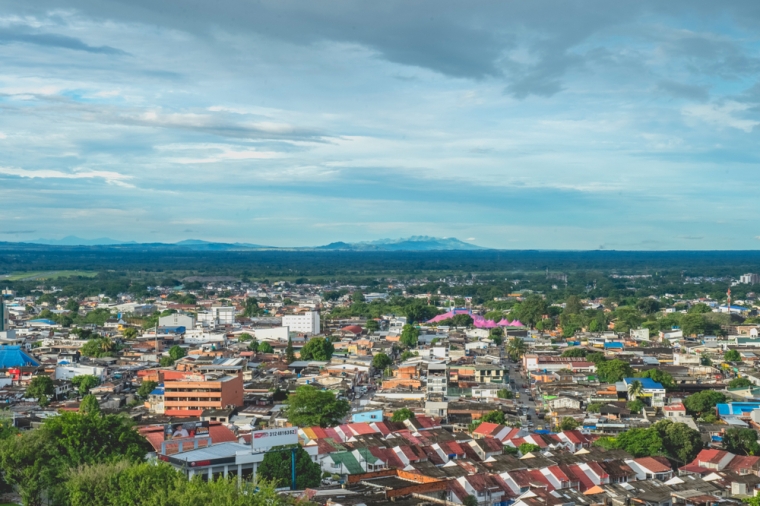
Villavicencio, a city in central Colombia, was a commercial centre in the Llanos Orientales (Eastern plains) of the country.
BCC Colombia had one branch in the city.
- Full list of BCC branches in Colombia: BCCI Desk Diary 1991
- Letters to staff on salary, increment, staff loan, transfer: examples
Banking operations
Business in Colombia was largely in private hands, but Government affiliated companies controlled the natural resources sector.
BCC Colombia faced competition from three types of banks, the nationalised, the private and the mixed banks, which had part foreign capital.
BCCI’s advantage, however, was that BCC Colombia was the first fully owned foreign bank in the country. BCC Colombia’s competitive position improved significantly with the capitalisation of the new bank at US$10 million on 27 June 1985.

In keeping with BCCI’s policy, BCC Colombia operations were focused on generation of local deposits and short-term trade finance, in particular to encourage exports.
BCC Colombia was one of the largest lending banks in the money market on a per capita basis and its growth in all sectors of the market was recognised by the other banks.
Energising BCC Colombia
A reorganisation of the management structure of BCC Colombia on the BCCI model took place in 1985.
Branches in Envigado, Ibague, Barranquilla and Cucuta were refurbished and, in two cases, resituated. Although retaining the same staff members, these branches took on a completely new character and raised the morale in BCC Colombia.
There was a new attitude, a new energy, and a new dynamism, that underlined the fundamental reorganisation that had taken place. BCC Colombia and its staff had joined BCCI’s global banking family.
This psychological change was manifested by a new internationalism and an acceptance of change was also apparent in the branches throughout the country.
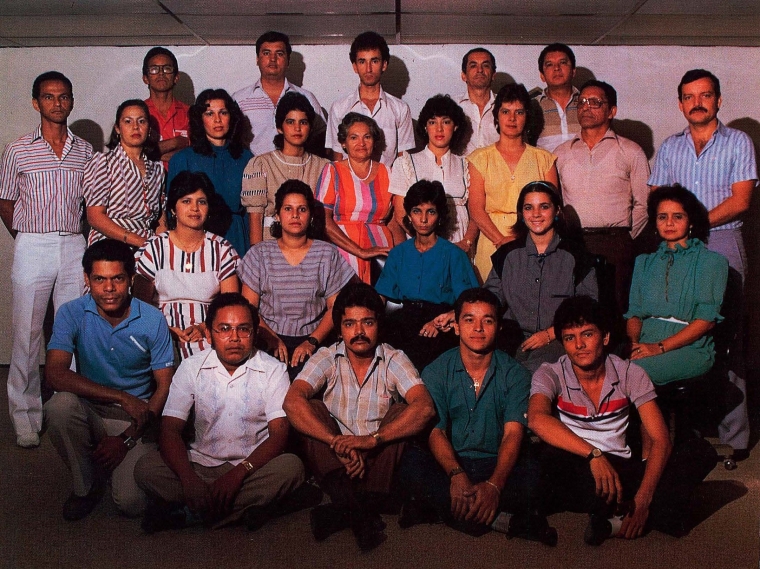
Cucuta, for example, was situated close to the border with Venezuela whose economy was in decline for some time. BCC Colombia took the bold step of moving its branch into premises vacated by Citibank in around 1983. Customer deposits doubled.

The newly organised branch in the city of lbague was also reflective of the new ecology.

The international division of BCC Colombia increased its activities and marketing courses were held at the Head Office in Bogota to infuse the spirit of marketing in BCC Colombia. This developed a greater realisation of products, services among the staff and the need for excellent customer relations.
The dynamic, outward-going deposit drive was made part of the psyche of each member of BCC Colombia as an essential component to fund the bank’s local operations.
Conferences in Colombia
Banco Mercantil, renamed BCC Colombia, held a first marketing conference in Bogota on 6 October 1984, since coming under the management of BCCI. The occasion brought together delegates from the 25 branches across the country.
The theme of the conference was the development of a marketing strategy and a vision of the future.
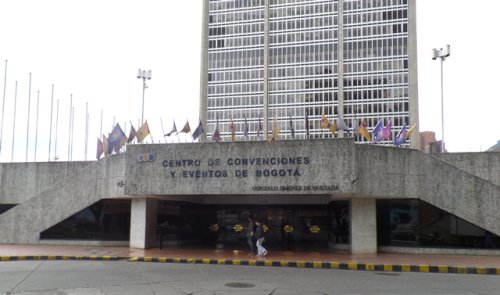
The vision of marketing, in both its theoretical and its practical aspects, was discussed at length.
The participants included Mr S. M. Shafi, regional general manager BCCI Latin America region and a Director Banco Mercantil, Mr Eduardo Zarate, President Banco Mercantil, and Mr Feroze Deane, BCCI senior executive and executive vice president of Banco Mercantil-BCC Colombia.
A conference looking towards 'The Future' was held on 27 July 1985, in the Convention Centre at Gonzalo Jimenez de Quesada, Bogota. The conference focused on the essence of change, the imperative of marketing and the challenge of the future.
170 BCCI family members of Banco Mercantil-BCC Colombiaand from Latin America, Carribean and BCCI Central Office in London, participated in the July 1985 conference held in Bogota.
Conferences and seminars were held regularly by BCC Colombia.
BCCI Annual Conferences
Members of BCC Columbia also attended BCCI Annual Conferences at the invitation of the BCCI Group. The annual conferences addressed by the BCCI President brought together the BCC family from around the world in a celebration of a collective effort and to face the challenges in the banking world with a shared vision for the future.
Giving in Colombia
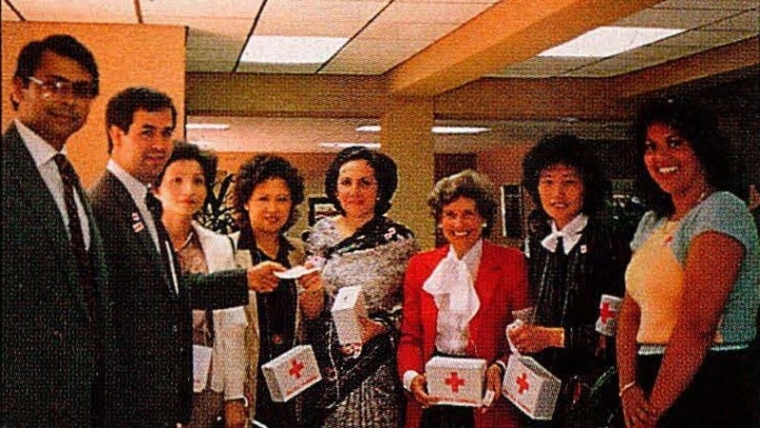
In 1986 BCC Colombia organised an Asian Desk at Chico branch to help with collections for the Red Cross.
The Nevado del Ruiz volcano erupted in November 1985, killing more than 25,000 in Armero a town of 30,000 inhabitants making it the worst natural disaster in the history of Colombia.
Foreign banks in Colombia in1980s
Foreign investors bought banks in Colombia that had been nationalised during the crisis of the 1980s. BCCI followed later by acquiring Banco Mercantil in 1985.
The largest foreign banks reportedly were Citibank and the Spanish Ga-nadero (BBV) and Santander. These banks had similar businesses as the domestic banks. The Ganadero and Santander banks also had an extensive number of branches in the country. The rest of the foreign banks were sig-nificantly smaller, and their main activity was investment banking.
According to ADR RATINGS there were branches and representative offices of 36 foreign banks in Colombia as on 14 January 2023.
Financials
BCCI closure
On 5 July 1991 the Bank of England and other regulators in the west decided to freeze BCCI Group's assets and abruptly shut down BCCI's operations worldwide.
The priority of the governments and central banks in some countries was to protect their people and the local operations of BCCI continued in a different name after the assets and liabilities were acquired by private investors or another bank.
BCC Colombia's banking operations continued under the special supervision of the Financial Superintendency of Colombia, after the decision by western central banks was announced on 5 July 1991 to abruptly shut down BCCI worldwide. The Financial Superintendency of Colombia (the Superintendencia Financiera de Colombia (SFC) was the Colombian government agency responsible for overseeing financial regulation and market systems in order to preserve stability, security and confidence, and to promote, organize and develop the securities market).
A sale for US$1 million was reportedly completed 27 September 1991 and the bank name was changed along with the board of directors, by the purchaser. No further information is available.
BCCI Bogota representative office was likely to have ceased its activities.
The BCCI Group majority shareholders considered the abrupt action by western central banks to shut down BCCI in 1991 was unjustified when they already had detailed discussions with the Bank of England and other regulators on a restructuring plan and would have injected further capital, if required.
In a 24-page report not made public but sent to some 60 central bankers worldwide, the United Nations Center on Transnational Corporations said that by simply shutting down the 70-nation banking network that financed international trade of $18 billion a year, the economic damage fell hard-est on countries like Nigeria, Bangladesh and Zambia, where B.C.C.I. was an important institution. (New York Times, Feb 5, 1992)
Read also:
- Global Presence
- A profile on Colombia written especially for the BCCI family in the other 69 countries that formed the BCCI network published in In-house Magazine
- In-house Magazine
- Key Allegations
- External Market Place

